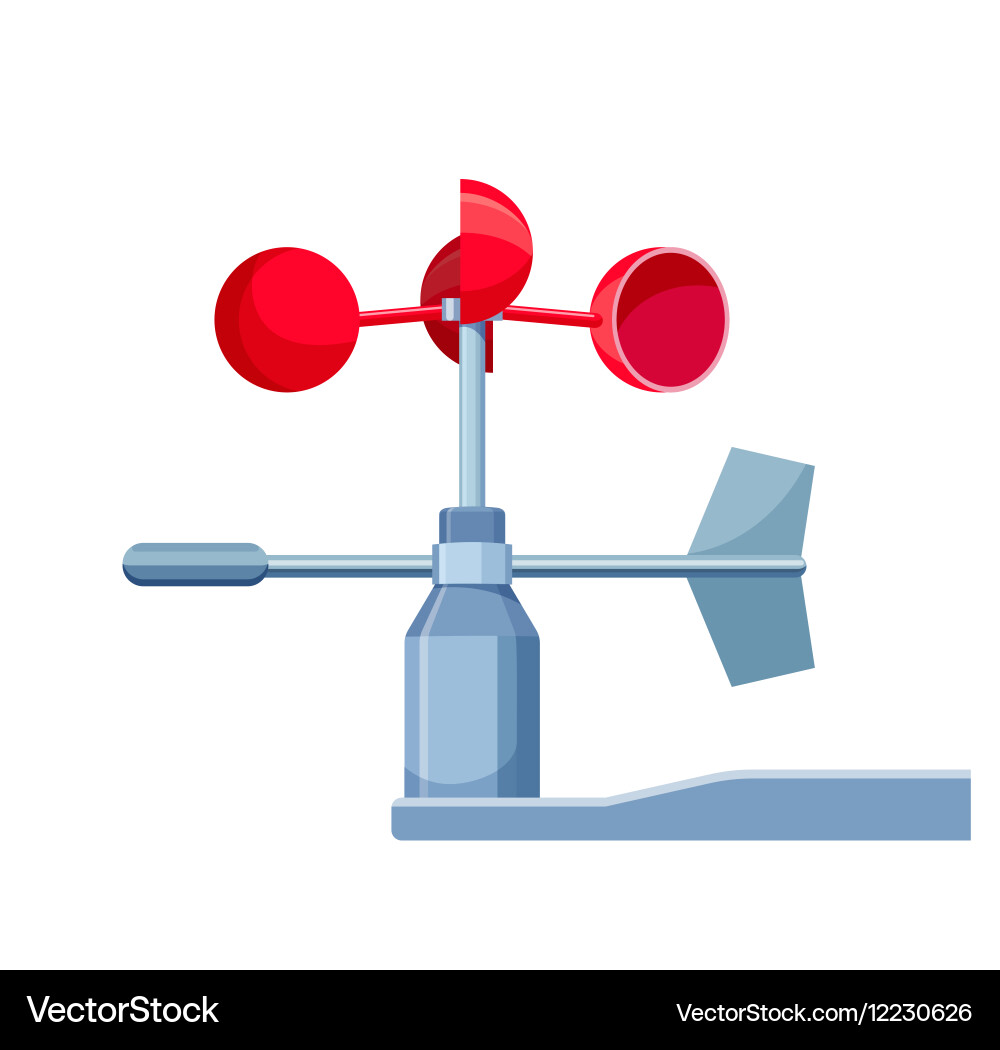Why an Anemometer is Important for Your Environmental Information Collection
Why an Anemometer is Important for Your Environmental Information Collection
Blog Article
Anemometers Unveiled: Recognizing Their Value in Environmental Tracking and Precaution
The function of anemometers in ecological tracking and safety steps is often taken too lightly, yet their significance is undeniable. From meteorology to aviation security, anemometers play a crucial role in giving accurate information that notifies decision-making procedures and enhances overall safety.
History of Anemometers
The evolution of anemometers can be mapped back to the old human beings where simple wind gauging devices were first made use of. One of the earliest well-known anemometers was the hemispherical mug anemometer developed by Leon Battista Alberti in the 15th century.
In the 18th century, the renowned scientist John Thomas Romney Robinson introduced the Robinson anemometer, which featured 4 hemispherical mugs installed on horizontal arms that extended from a central axis. This layout became a standard in atmospheric measurements due to its accuracy and reliability. Throughout the years, innovations in modern technology caused the development of more modern-day anemometers, including ultrasonic anemometers and laser Doppler anemometers, supplying raised accuracy and performance in measuring wind rate and instructions. The background of anemometers showcases a remarkable journey of innovation and development in the field of meteorology.
Sorts Of Anemometers
Throughout the area of weather forecasting, numerous kinds of anemometers have been established to accurately measure wind rate and direction. Sonic anemometers use ultrasonic signals to gauge wind speed and instructions precisely. Hot-wire anemometers run based on the principle that the cooling impact of wind on a heated wire is symmetrical to the wind rate.
Applications in Meteorology
Having actually discussed the numerous sorts of anemometers used in meteorology for gauging wind rate and instructions, it is important to explore their useful applications in the field. Anemometers play a critical function in weather forecasting by providing real-time and precise data on wind conditions (anemometer). Meteorologists make use of anemometers to monitor wind rate and direction to forecast weather condition patterns, issue cautions for serious climate events like tornados, hurricanes, and storms, and analyze weather for aeronautics safety and security
In weather forecasting, anemometers help in recognizing local and neighborhood wind patterns, which are important for forecasting weather condition modifications and determining climatic patterns. These gadgets are likewise used in research study to study microclimates, metropolitan warmth islands, and air contamination dispersion. Furthermore, anemometers are employed in farming to optimize plant administration practices, such as watering and pesticide application, based upon wind problems.
Value in Aeronautics Safety
An integral aspect of making sure air travel safety lies in the precise tracking of wind conditions using anemometers. Anemometers play an essential duty in air travel by providing real-time information on wind speed and instructions, assisting pilots in making notified choices throughout trip, touchdown, and liftoff. Solid and uncertain winds can substantially influence airplane operations, making it important for aviation authorities to rely upon accurate wind dimensions to make certain the security of travelers click here for info and crew.

In official website the vibrant setting of air travel, where even minor adjustments in wind speed and instructions can have extensive results, anemometers stand as essential tools for promoting safe and safe flight.
Function in Environmental Research Study
Exactly how do anemometers add to improvements in environmental research? Anemometers play a critical function in ecological study by providing crucial data on wind rate and direction. This information is essential for recognizing numerous atmospheric processes, such as air pollution dispersion, weather patterns, and environment adjustment. By accurately determining wind qualities, anemometers help researchers assess the activity of contaminants airborne, evaluate the influence of commercial discharges, and anticipate the spread of contaminants in the environment.


Verdict
Finally, anemometers have actually played an essential role in ecological tracking and security measures. With an abundant history and numerous kinds available, these gadgets have been extensively made use of in meteorology, aeronautics safety, and ecological study. Recognizing the value of anemometers is important for accurately determining wind speed and direction, which is essential for forecasting climate patterns, making certain safe air travel operations, and performing ecological research studies - anemometer. Their payments to these areas can not be underestimated.
One of the earliest known anemometers was the hemispherical cup anemometer invented by Leon Battista Alberti in the 15th century. Over the years, developments in innovation led to the look at this now growth of more modern-day anemometers, consisting of ultrasonic anemometers and laser Doppler anemometers, providing boosted precision and effectiveness in measuring wind speed and instructions. Hot-wire anemometers operate based on the principle that the cooling effect of wind on a heated wire is proportional to the wind speed. Meteorologists utilize anemometers to check wind speed and instructions to anticipate weather patterns, issue warnings for extreme weather occasions like storms, twisters, and tornados, and examine climatic problems for air travel safety.
Recognizing the value of anemometers is important for accurately gauging wind speed and instructions, which is important for predicting weather patterns, making certain risk-free aeronautics procedures, and performing environmental studies. (anemometer)
Report this page